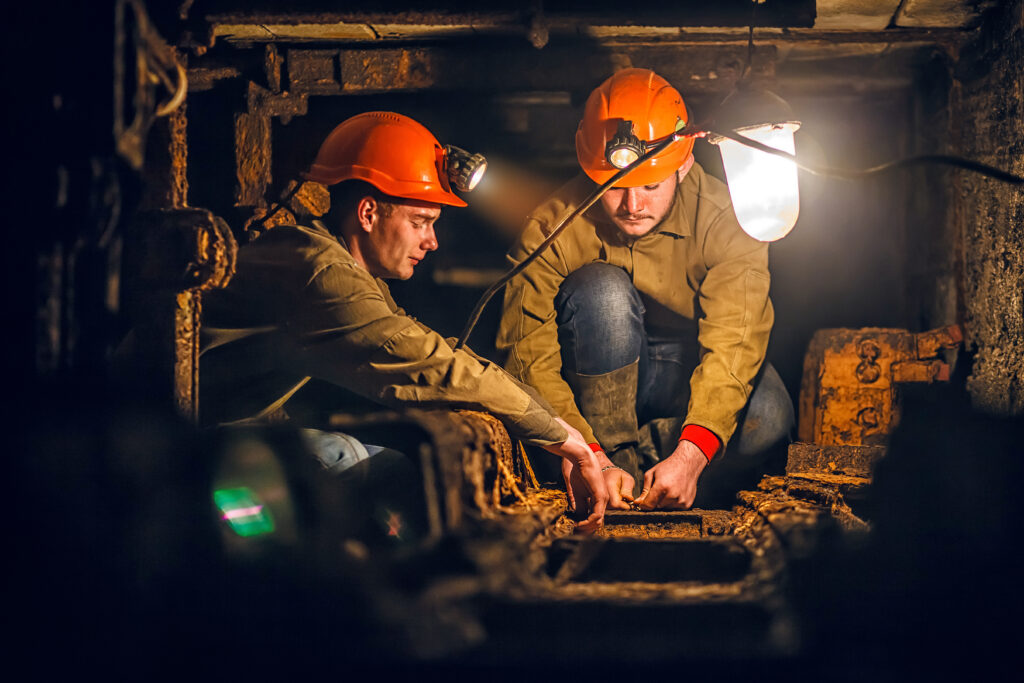Robust Connectivity Improves Environmental Monitoring
Protecting miners, equipment operators and maintenance staff is crucial to the uptime of any mining operation. As a whole, the industry takes the issue seriously, and as a result, both non-fatal and fatal accidents steadily declined over the last few decades. But even with equipment and communication improvements, mining is still considered one of the world’s most dangerous occupations.
Mining operations have rigorous health and safety procedures and education that has played a large role in reducing accidents in underground and opencast mining. Some of the common hazards that miners face every day include:
- Pollutants: Dust planning and control systems have improved over the years, but inhalation of coal dust can still lead to long-term lung issues and disease.
- Noise: The ambient noise in mines can reach the decibel level of a jet liner during takeoff. Hearing loss and permanent damage can occur over the long term.
- Exposure: Exposure to heat, UV radiation and polymeric chemicals can lead to host of serious musculoskeletal, skin or respiratory-related issues for miners.

In addition to better standards and training, these safety concerns can be mitigated with improvements in a robust communications network. Investment in a reliable, high capacity connectivity can improve the safety of open or underground operations in the following ways:
- Atmospheric Monitoring: Real-time data feeds of temperature, UV, noise and pollutant levels help minimize dangerous conditions to ensure a safe work environment.
- Two-way RF Communications: Reduction in signal drop, dead zones and interference improves operational supervision and equipment handling.
- Autonomous Vehicle Handling: Loss of signal often shuts down AVs, which require manual interaction to restart. Better signal reliability minimizes hand’s on maintenance and opportunities for downtime and injury.
- Equipment Maintenance: Fleet Management Systems deliver a stream of load, temperature, stress, service time and positional data to help crews keep equipment properly maintained in safe, working order.
- Emergency Communication: In the event of an on-site emergency, a robust network can help teams develop situational intelligence and execute appropriate response measures.
If safety is properly addressed, mining facilities are able to operate at the highest levels of efficiency and production. Wireless connectivity and network uptime have become mission critical to ensuring health, safety and long-term employee well being.
MP Antenna works with system integrators and mining operators to improve their networks through better antenna technology. MP Antenna has collaborated with equipment OEMs to develop a full line of Rugged Wave™ multi-polarized antennas.
The antennas are ideal for mining networks, port communications, industrial automation, transportation and autonomous vehicle management that require an antenna that can deliver 100,000 hours of service time.
